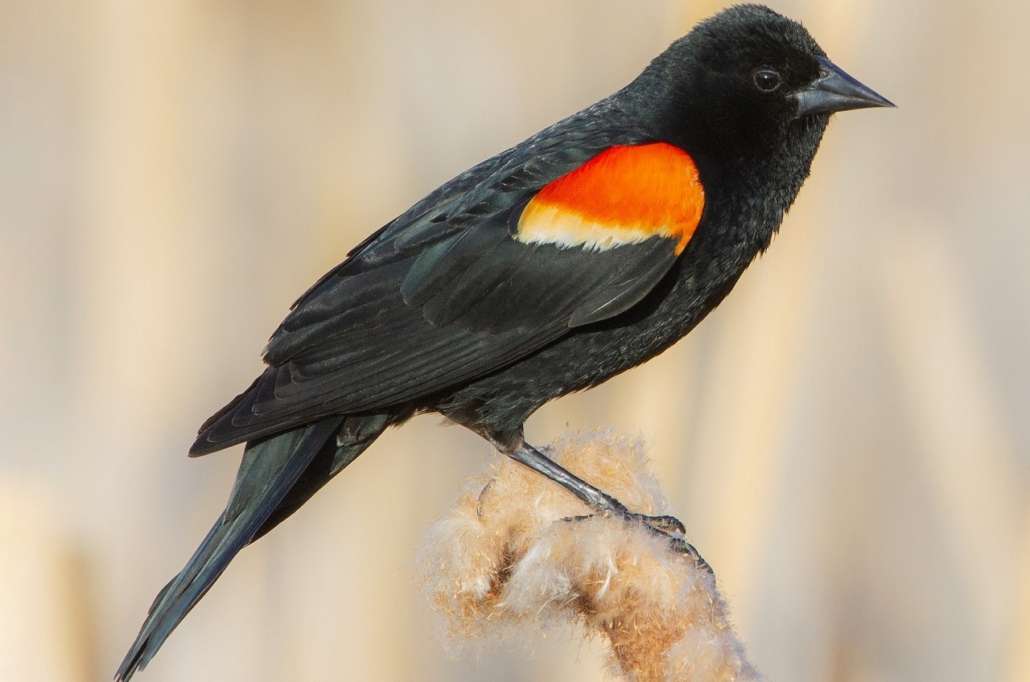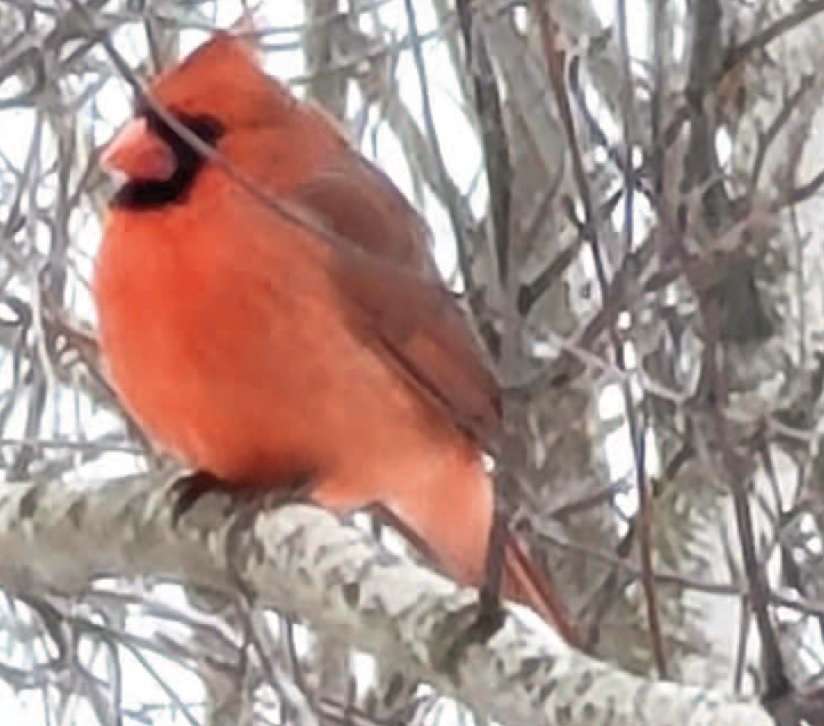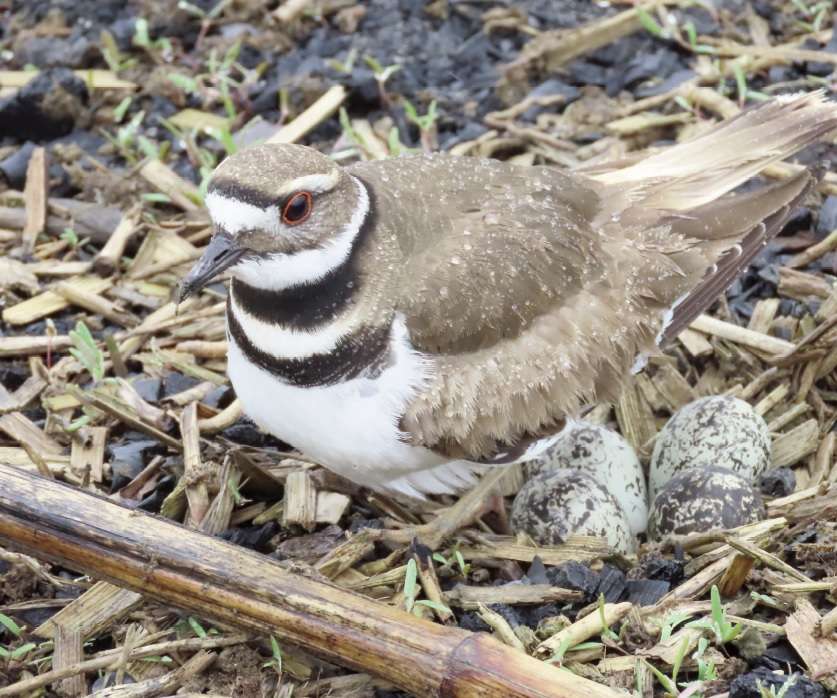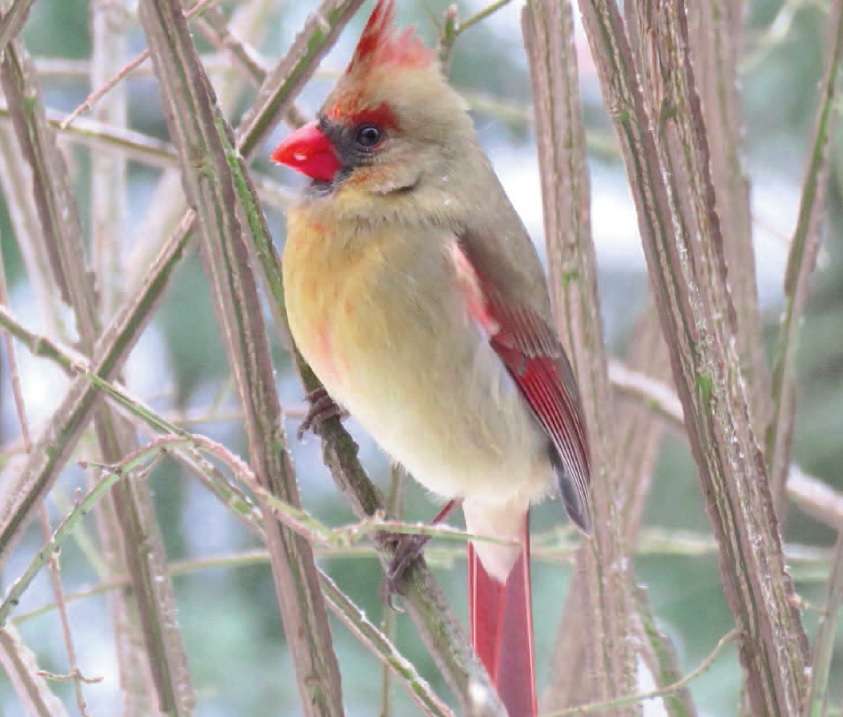FOR YOUR HEALTH: Helping Alleviate Children’s Anxiety
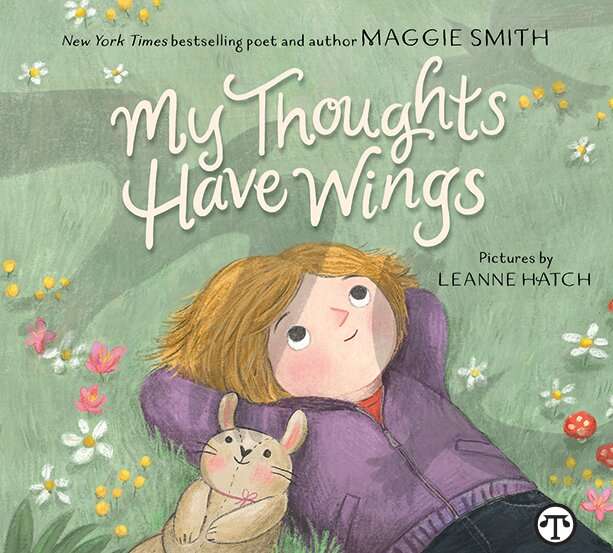 At bedtime, when lights go out…sometimes thoughts stay on. A new children’s book can help.
At bedtime, when lights go out…sometimes thoughts stay on. A new children’s book can help.
(NAPSI) — If your children are like most, they get anxious from time to time—but you can help them get over it.
The Problem
In fact, according to the National Institutes of Health (NIH), even with the best parenting, 80 percent of little ones feel that unpleasant emotion.
Some Answers
Fortunately, there are several ways you can help.
For one thing, the NIH suggests parents of younger children can help them “come back to earth” from spiraling thoughts with the 3-3-3 rule: Ask your child to name 3 things they can see, identify 3 sounds they can hear, and move 3 different parts of their bodies.
For another, one of the most anxious times for little ones is at bedtime. Scary things and worries flutter and flap around, making it hard to sleep. A calming nightly routine, including reading to your children, however, lets them settle down for the night.
Bedtime Reading Can Help
According to the Children’s Bureau of California, reading to your child at bedtime builds trust in them that you will be there for them. With a little imagination (and a lot of love) you can create a cozy nest for happy thoughts—and sweet dreams for your kids. One excellent new picture book that can help with that is “My Thoughts Have Wings,” by Maggie Smith. The bestselling author of the viral poem “Good Bones” and the memoir “You Could Make This Place Beautiful” delivers a lyrical and reassuring book great for calming active minds at bedtime (or anytime).
The poetic book was inspired by Smith’s own daughter who dealt with intrusive thoughts at night. It’s an fine way for children to recognize and name unsettling thoughts and provides an empowering, reassuring strategy for self-soothing.
The colorful hardcover is aimed at children from preschool through grade 3, published by HarperCollins and available wherever books are sold.
Learn More
For more information or to order the book, visit www.harpercollins.com.







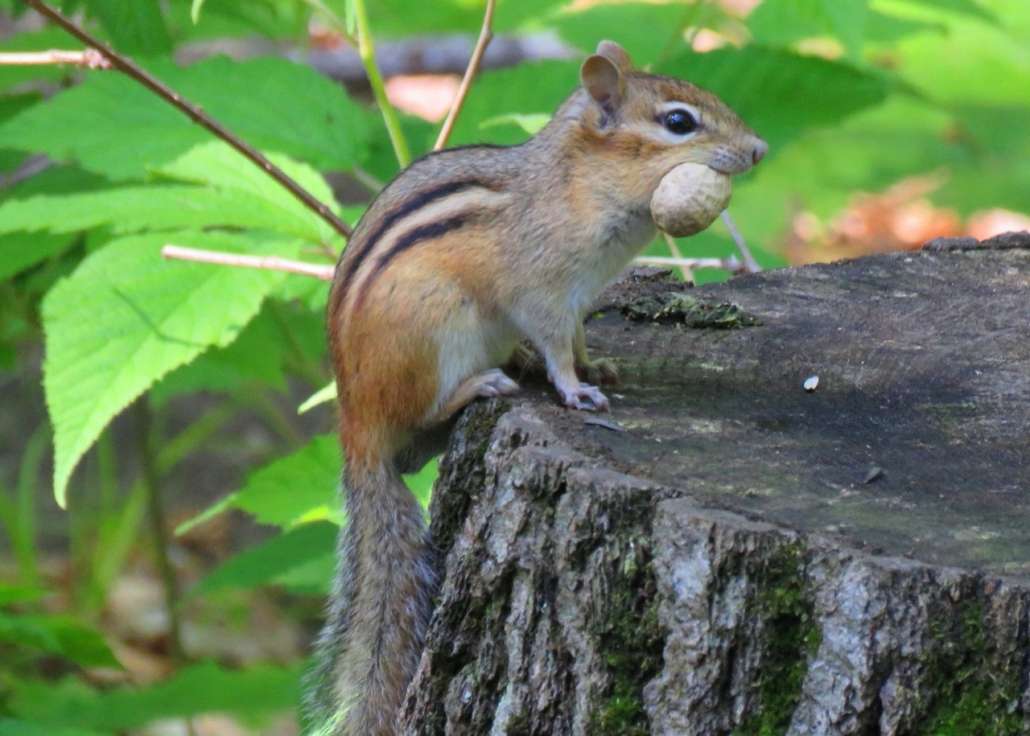



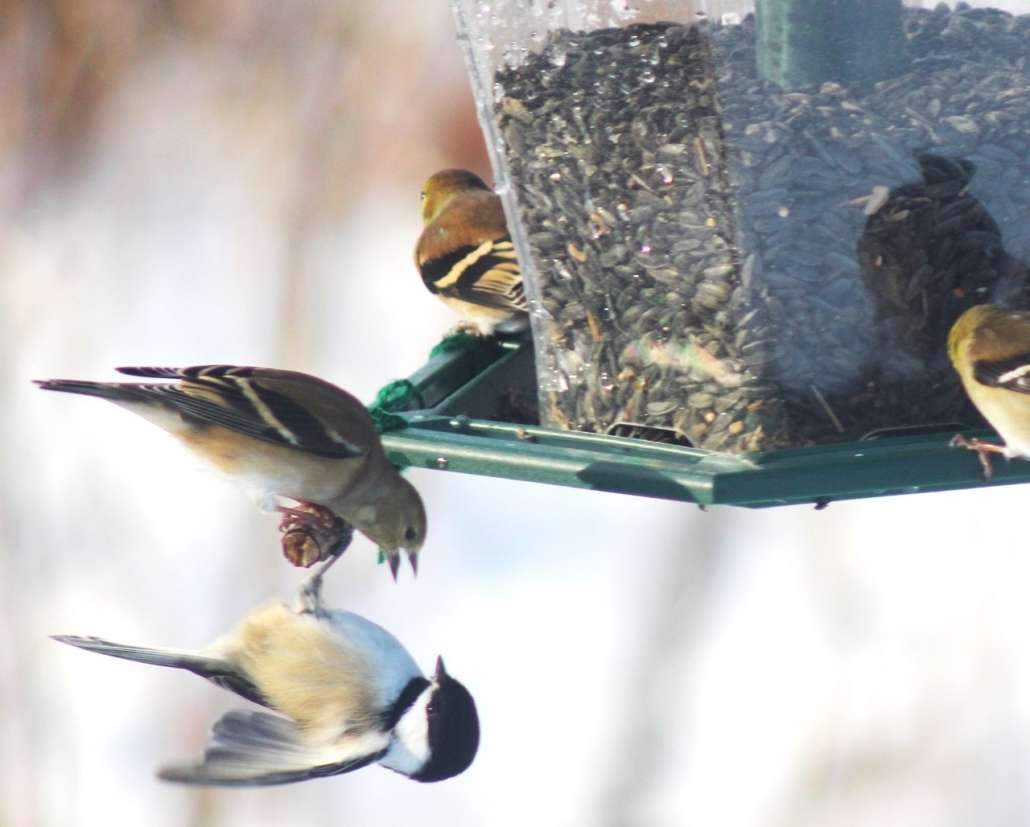
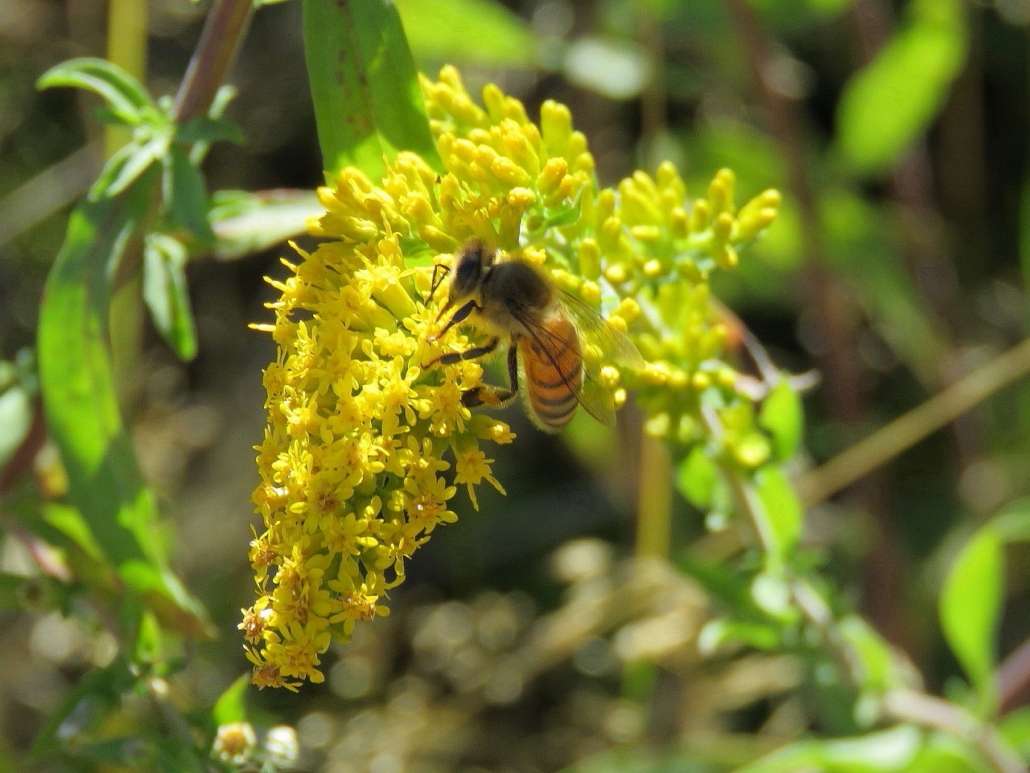

 Here’s advice you can get your teeth into: Eat plenty of fruits and vegetables for good oral health.
Here’s advice you can get your teeth into: Eat plenty of fruits and vegetables for good oral health.


 Submitted by
Submitted by